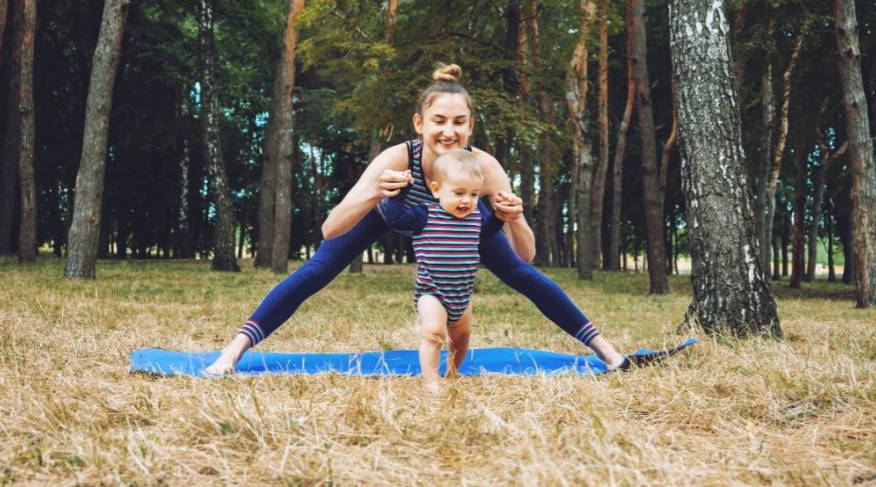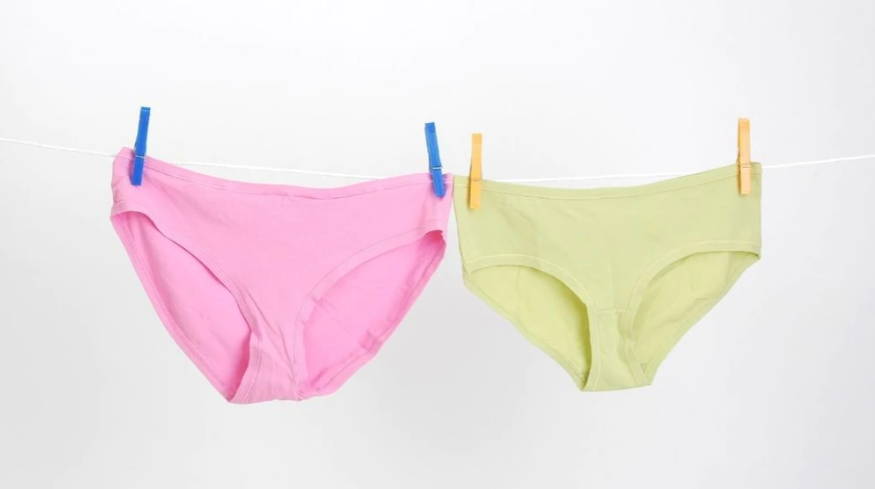Your Cart is Empty
Using menstrual products for bladder leakage wouldn’t be as effective as they are designed for blood which is thicker than urine with slower discharge times and volumes, and therefore lower absorbency levels. They’ll leave your skin feeling damp and uncomfortable, and at a higher risk of irritation and infection. Menstrual products don’t protect your skin against urine and won’t neutralize the urine odor.











